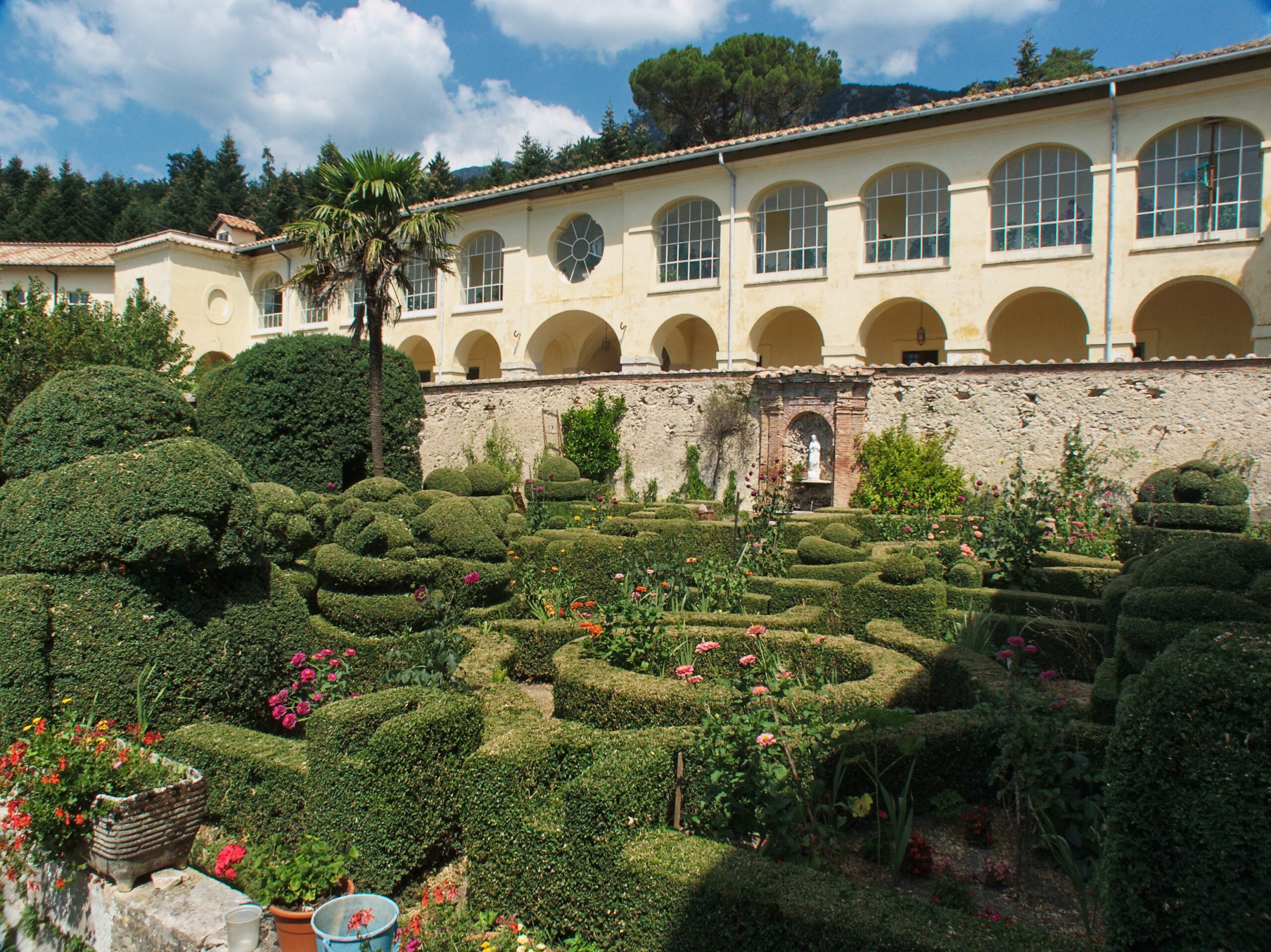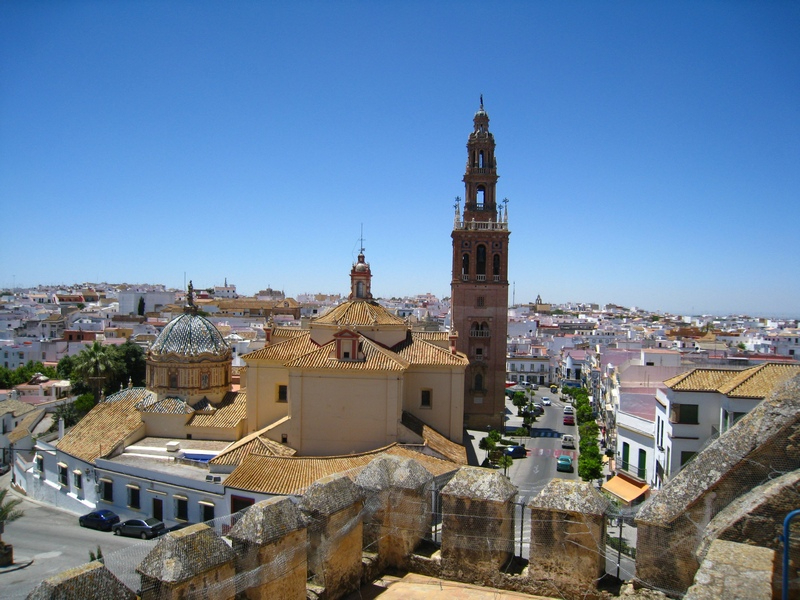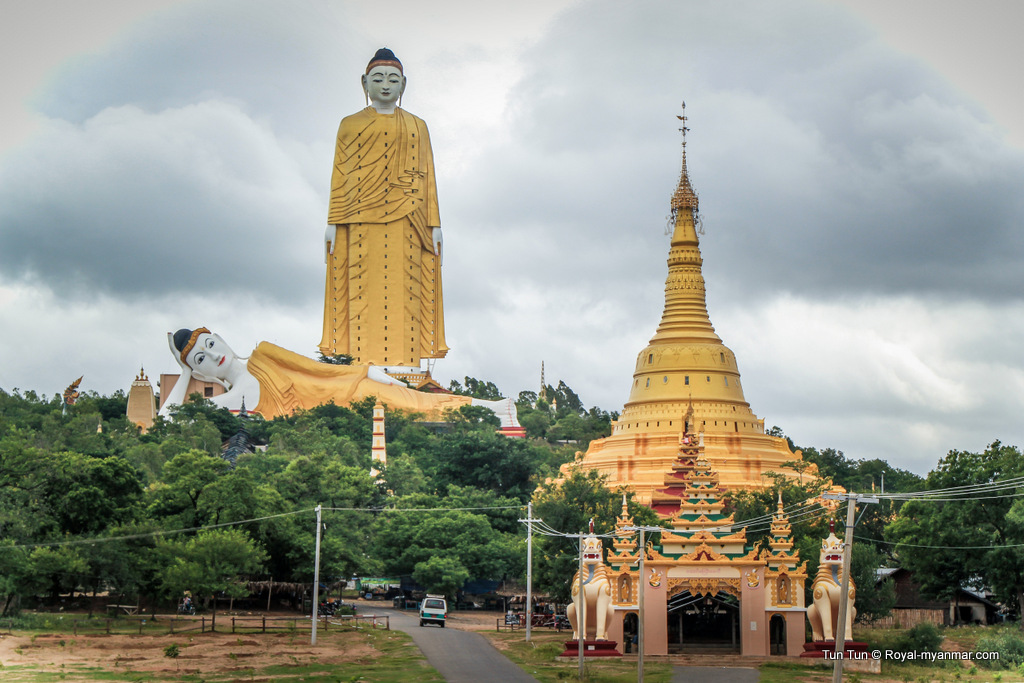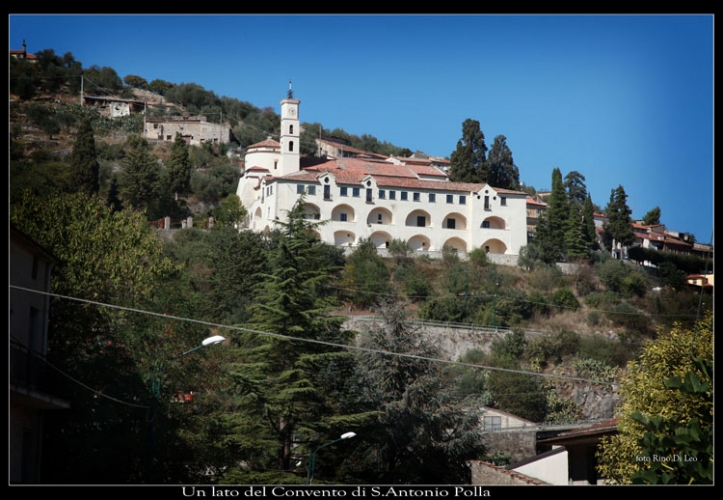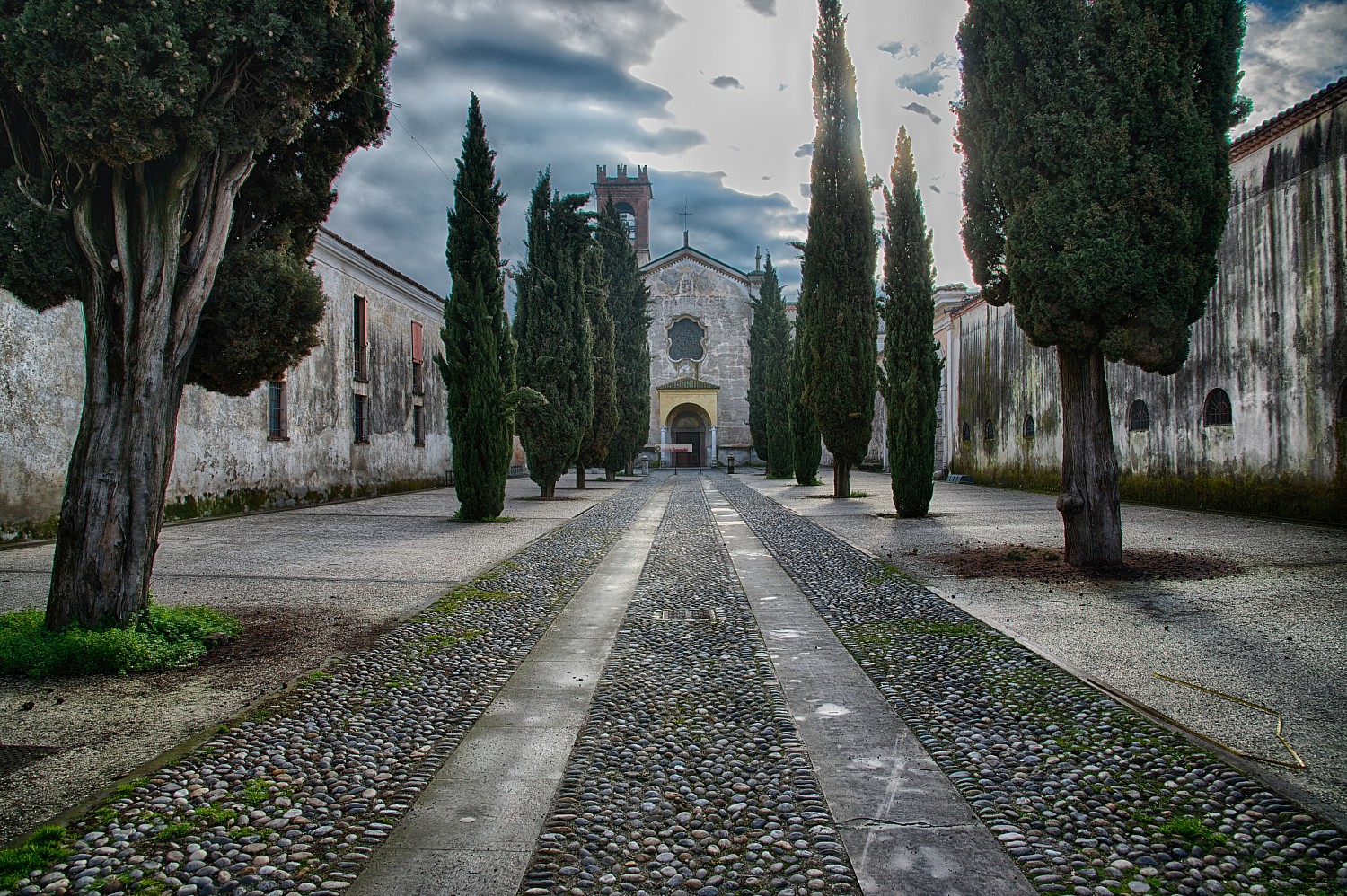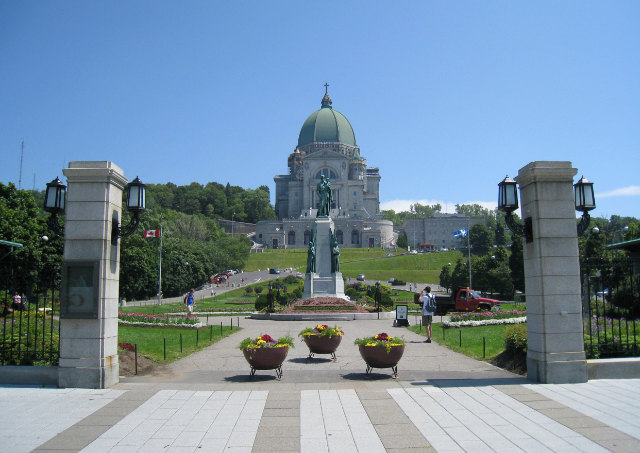Its origins date back to the year 1,000, when St. Dominic of Foligno, a Benedictine monk, founded a monastery dedicated to St. Benedict in this place of wild beauty and solitude, already a place of hermitages, as witnessed by the nearby mystical cave of the Madonna delle Cese, hollowed out in the mountain and built under a high cliff. At the behest of Anagnine Pope Innocent III, in 1204 the abbey and property passed to the Carthusians, who oversaw the construction of a new monastery more in keeping with their monastic life and rule. The coenoby is an organic complex of buildings, avenues and gardens in a short forecourt overlooking a wooded chasm. On this esplanade we find the ancient Romanesque-Gothic-style guest quarters, known as the "Palace of Innocent III," who in fact liked to stay here, and is now home to the important library that boasts more than 36,000 volumes. Opposite stands the abbey church dedicated to St. Bartholomew. Remodeled over the centuries, it is 18th-century in style, with a neoclassical facade. The one-nave interior is divided by an iconostasis into two parts, that of the converts and that of the Fathers, in accordance with the peculiar characteristic of the Carthusian church; in both remarkable are the wooden choirs. On the walls are paintings by Filippo Balbi, while the barrel vault is decorated with frescoes by Giuseppe Caci. Admirable are the two cloisters.
The smaller one encloses the Carthusian cemetery, to the left of which opens the chapter house (with inlaid floor on a dark walnut background), on the walls of which are eight paintings of Mary Magdalene, probably by Caci. The large cloister, from the 1700s, on the other hand, is on a lower floor than the church, and is Renaissance in style. Special attention should also be paid to the sacristy, notable for its walnut furniture of the Carthusian school and the frescoes painted in the vault depicting the life of the Virgin. The jewel of the Carthusian Monastery is the Pharmacy, housed in a mansion with a garden in front characterized by boxwood hedges, fashioned into curious shapes by the monks themselves, once a botanical garden. It was built in the 18th century, but from time immemorial the monks of the Carthusian Monastery have collected herbs in the surrounding mountains with which to prepare medicines, ointments, and drugs, which they stored in earthenware earthenware jars. These can still be admired neatly lined up in one of the two delightful rooms.
Traditional liquor production still remains today. The pharmacy rooms are furnished with eighteenth-century furniture and beautiful wooden shelving, on which beech boxes and glass and ceramic vases appear on display. Singular is the pictorial decoration, especially of the so-called, salottino del Balbi, the waiting room named after the main decorator of the entire complex, the Neapolitan painter Filippo Balbi, who between 1857 and 1865 stayed for a long time in the Charterhouse as a refuge from the Bourbon siege and executed numerous paintings. The visitor’s attention, however, is drawn to the cross vaults of the main apothecary room, decorated in the late 18th century by Giacomo Manco in the Pompeian style, in deference to the fashion that exploded after the first findings of paintings in Pompeii and Herculaneum. Finally, also in the Pharmacy, one can admire a striking life-size painting by Balbi depicting Frà Benedetto Ricciardi, director of the Pharmacy until 1863, the year of his death.
This painting, because of the skillful play of perspective, shows a strong impression of realism. For all these particularities, for the variety of styles and themes, and for its historical and artistic importance, the Charterhouse of Trisulti, inhabited and managed by the Cistercian fathers since 1947, was declared a National Monument in 1890.
